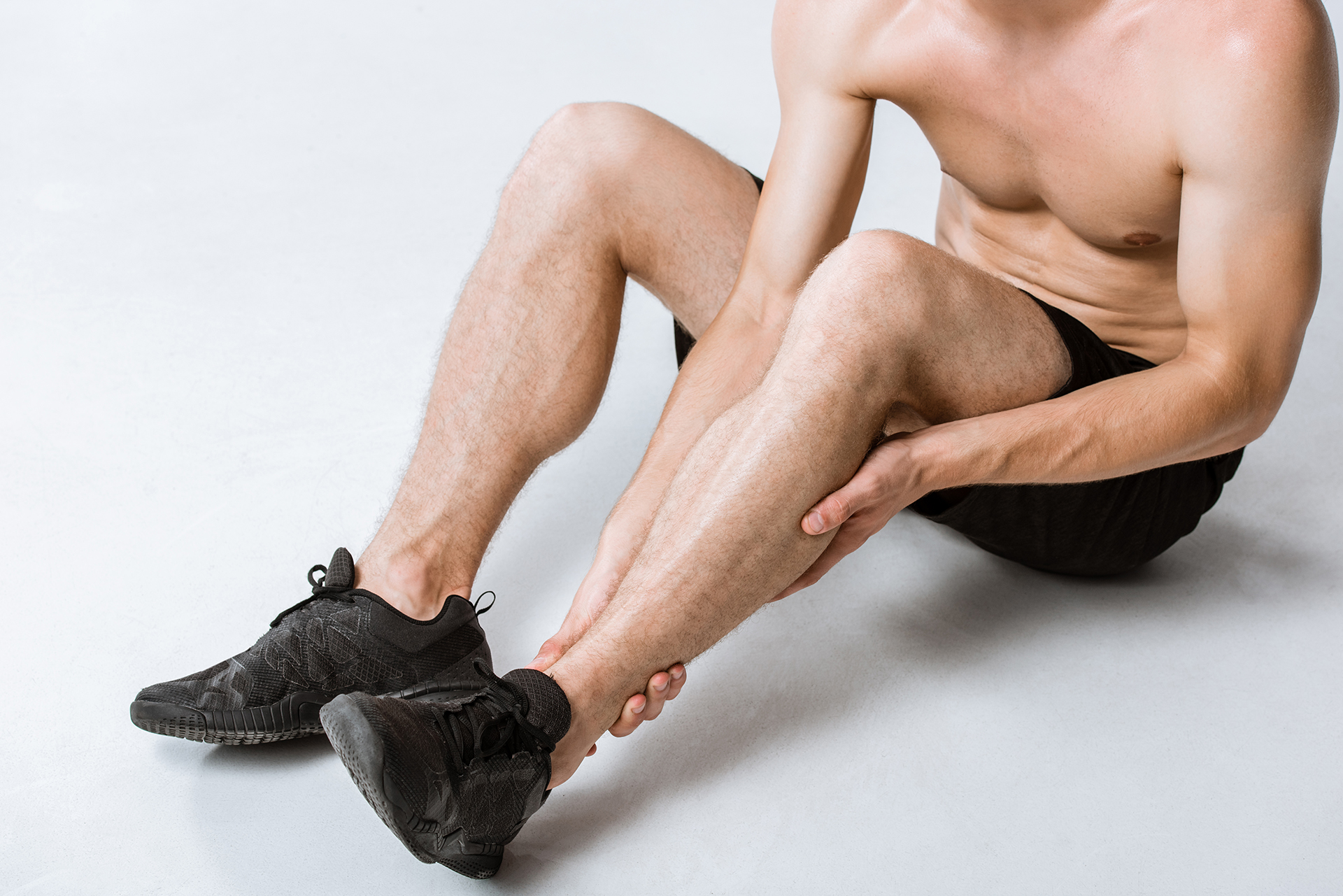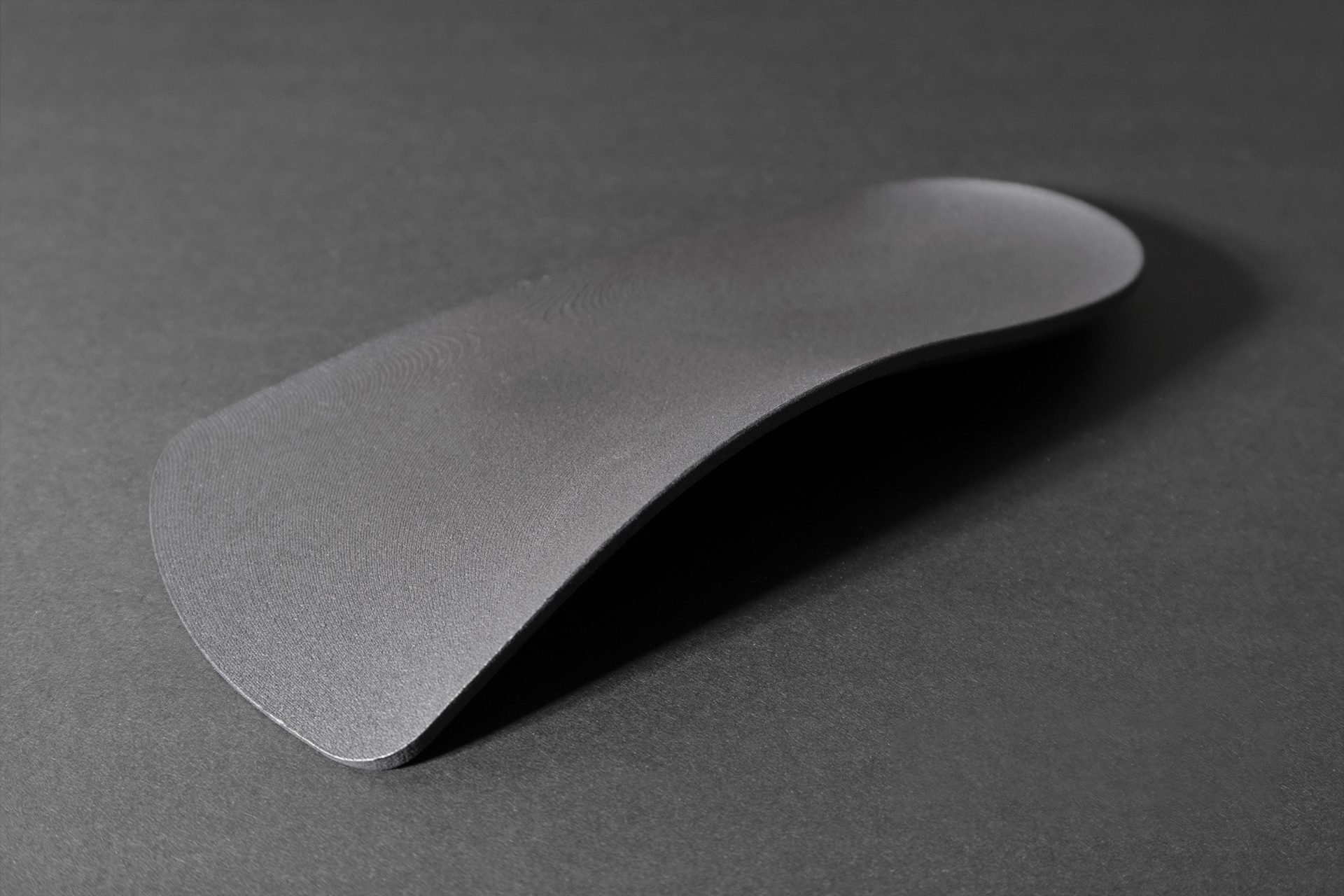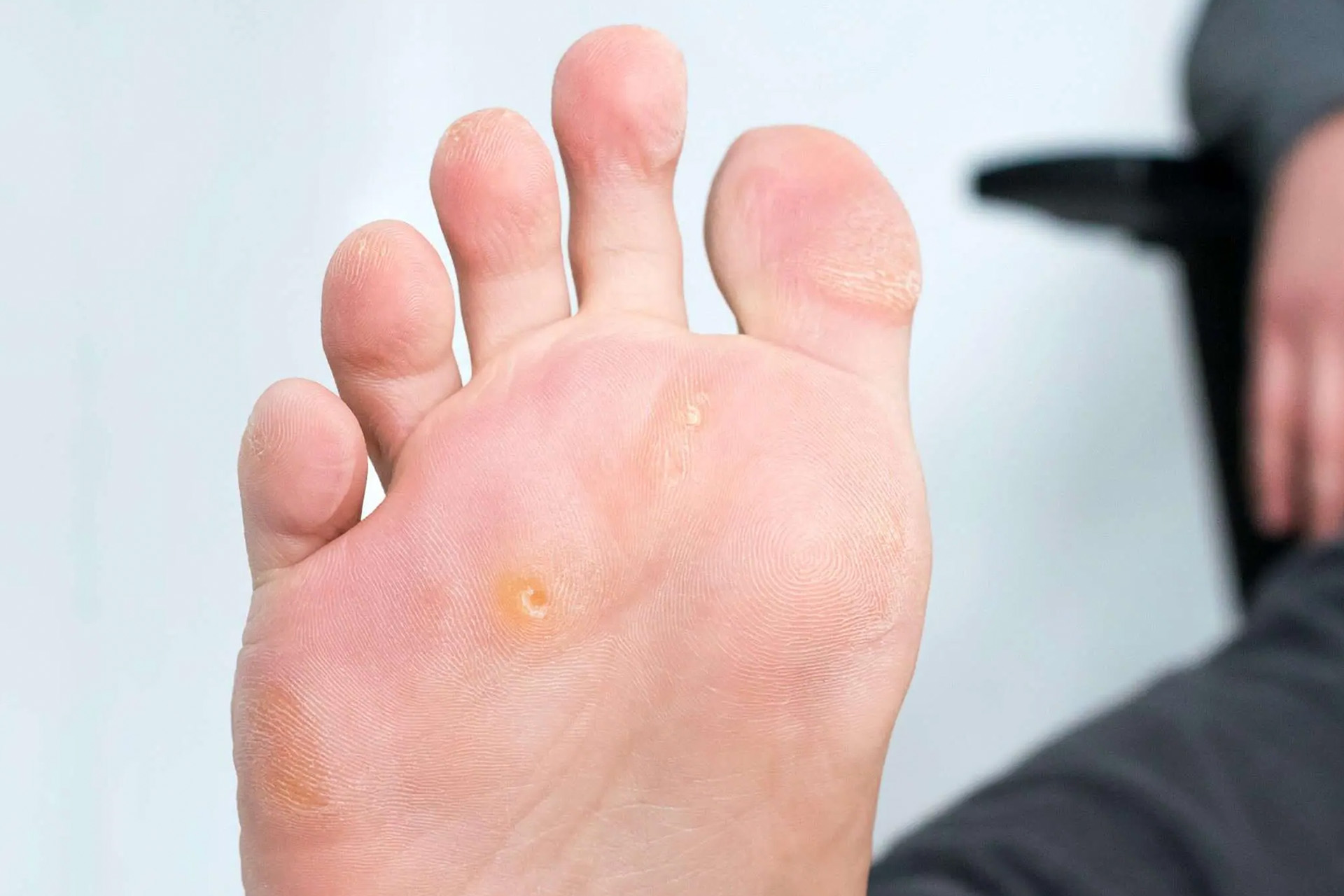Medial tibial stress syndrome (MTSS) is an overuse injury common in runners and athletes. It causes pain on the inner border of the tibia from repetitive high-impact activity. Also known as ‘shin splints’, MTSS is a stress reaction in the bone and surrounding muscles that can stop training and negatively impact performance.
MTSS occurs when repetitive strain on the tibia and surrounding musculature irritates the periosteum, the connective tissue covering the shin bone. The irritation, often caused by excessive loading during weight-bearing activities, can lead to periostitis, tendinopathy and early stress reactions in the bone. When these structures can’t keep up with demand, pain and inflammation may follow.
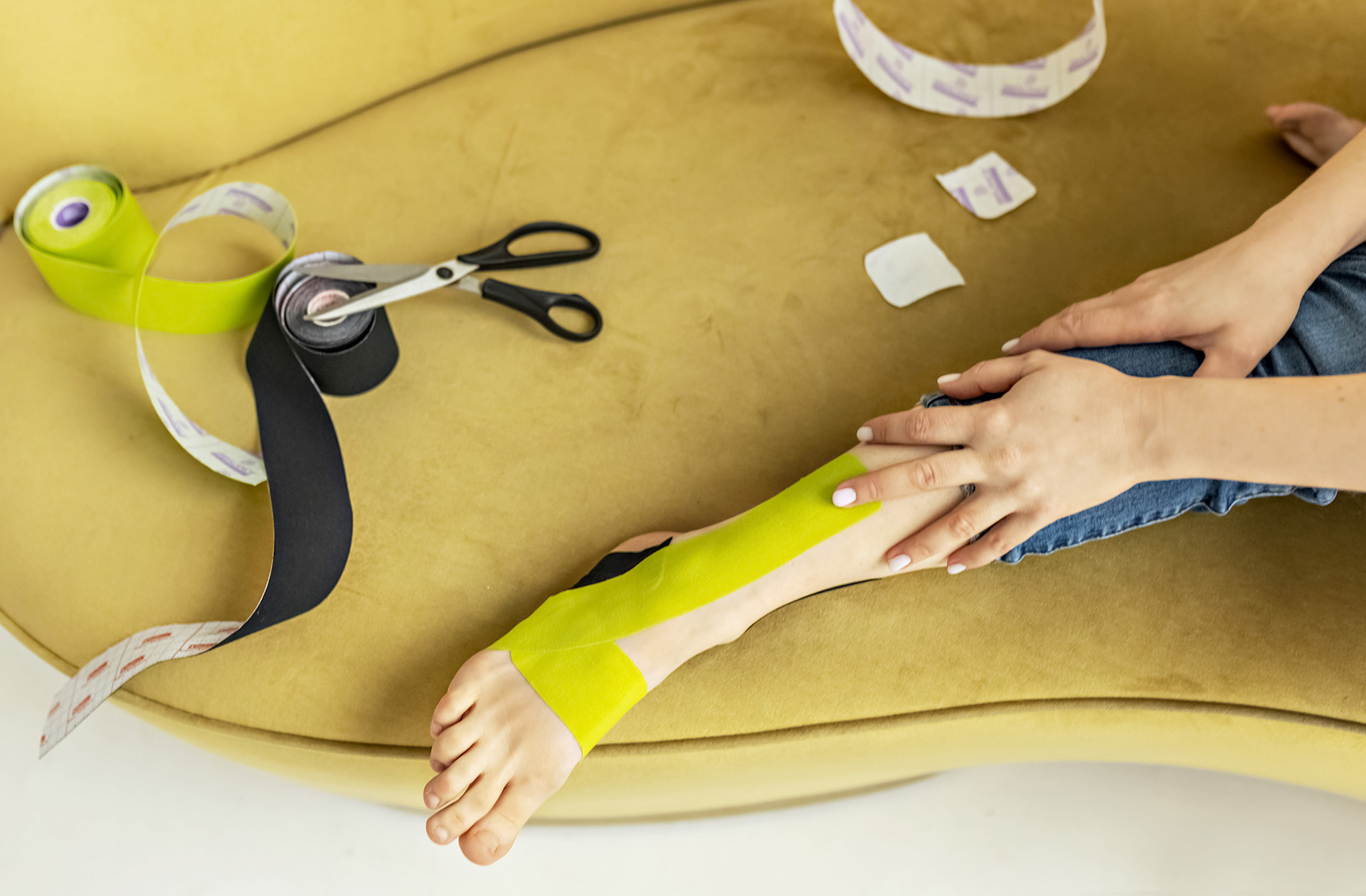
How MTSS Develops
When you run, each step sends forces through your shins that are 2-3 times your body weight. This means that the tibia and its supporting muscles, the soleus and tibialis posterior, absorb this load thousands of times in a single session.
If training volume or intensity increases too quickly, these tissues can’t adapt fast enough. The result is micro damage in the bone and irritation of the periosteum, which becomes inflamed and sore. In unusual cases, the dominant leg is affected more, leading to unilateral medial tibial stress syndrome. However, most patients experience pain in both legs, in what is known technically as bilateral tibial stress syndrome.
Key factors in the development of MTSS are biomechanical abnormalities, training errors and anatomical predispositions, all of which contribute to medial tibial stress syndrome.
Initially, this inflammation is part of the healing process. When the stress continues without rest, it becomes chronic and creates the hallmark symptoms of MTSS.

Risk Factors and Common Causes
Most cases start with training errors, such as sudden mileage spikes, back-to-back hard sessions, or adding hills before your body is ready. Biomechanics matter too. Excessive pronation, stiff ankles or weak hips can all increase tibial strain.
Navicular drop, a clinical measure of foot pronation and medial arch collapse during weight bearing, is an important biomechanical risk factor for MTSS. Other abnormalities of the lower extremity, such as altered tibial alignment or muscle imbalances, also contribute to the risk factors in the development of MTSS, both intrinsic and extrinsic contributors.
External factors add to the problem. Hard or cambered roads, worn-out shoes with flattened cushioning, and poor surface variation all magnify impact. Runners with higher BMI, females, or those with a history of MTSS are also statistically more at risk.
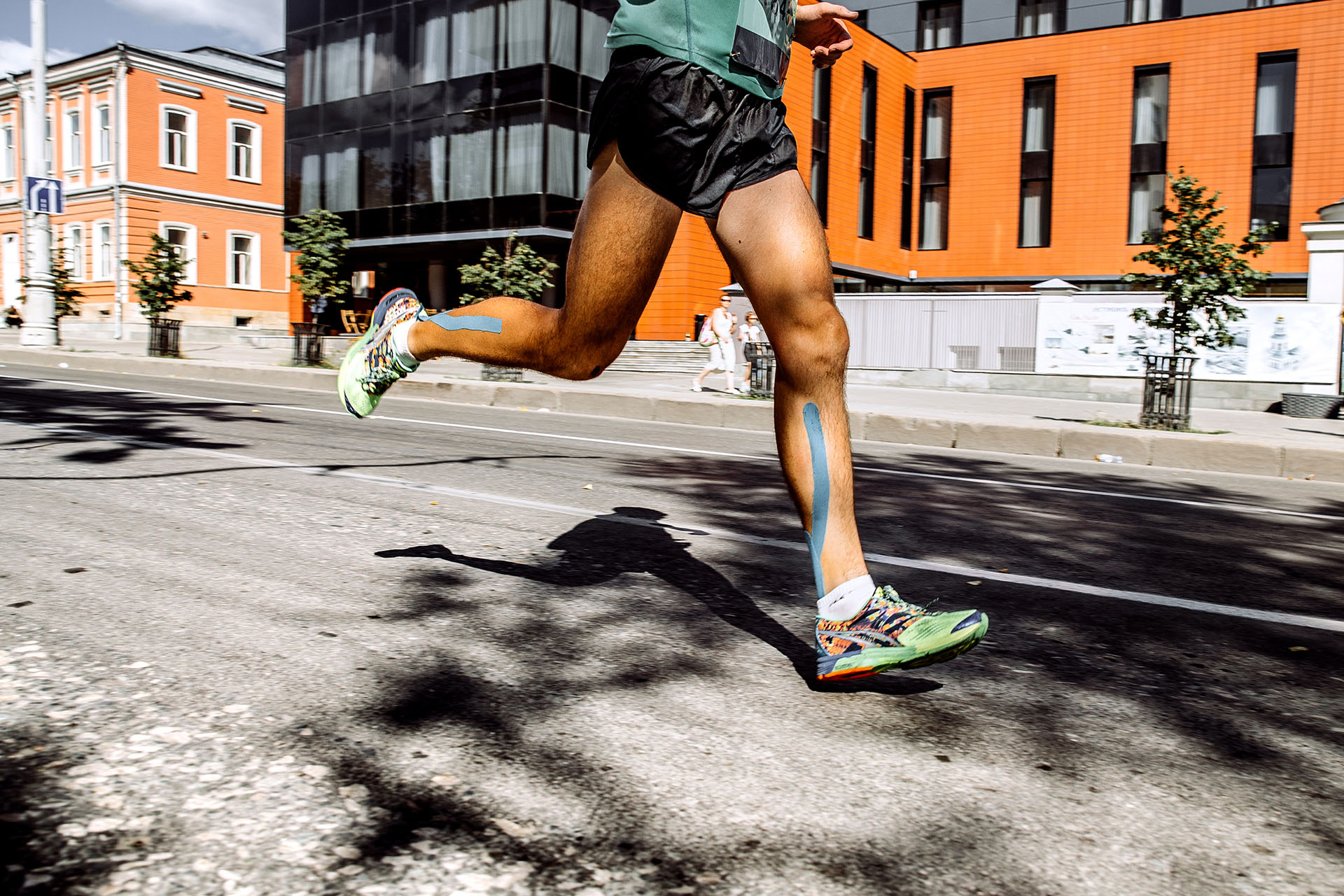
Symptoms of MTSS
MTSS often starts as a low-level ache early in a session that eases as you warm up. This is a dangerous point that many choose to ignore. Over time, the pain may be more persistent, flaring during runs and lingering for hours afterwards. Patients with medial tibial stress syndrome often report diffuse, widespread discomfort along the inner shin.
MTSS pain is usually along a few centimetres of the inner shin, not the sharp pinpoint pain of a stress fracture. Mild swelling may be present, but tingling or numbness may be signs of other conditions.
That said, these symptoms can also have other causes, including exertional compartment syndrome, peripheral vascular disease, muscle tears, occult fractures, infections, neoplasms, venous thrombosis, nerve entrapment, and arterial syndromes. Careful assessment is necessary to accurately diagnose overuse injuries, such as MTSS.

Shin Splints and Stress Syndrome
Shin splints, including medial tibial stress syndrome, account for a significant proportion of lower leg injuries in sports, with some studies reporting an incidence as high as 35% among athletes.
Risk factors for MTSS include common training errors, such as rapid increases in activity, intensity or duration, as well as biomechanical issues like overpronation, oversupination and leg length discrepancies.
Recognising these risk factors and understanding the underlying pathophysiology of MTSS is key to developing effective prevention and strategies for medial tibial stress syndrome treatment to keep athletes and active individuals healthy and pain-free.

Diagnosis and Assessment
A thorough history and physical examination are essential in diagnosing MTSS, as they help distinguish MTSS from other causes of lower extremity pain.
A thorough podiatric assessment begins with a detailed review of training history and a timeline of symptoms. Hands-on palpation helps pinpoint tenderness and rule out other injuries, such as stress fractures or chronic exertional compartment syndrome. The Foot Practice utilises tools such as the RehaWalk® pressure-sensor treadmill for gait analysis. The RehaWalk helps capture detailed data on foot strike patterns, loading rates and asymmetries, often revealing the subtle biomechanical issues that cause MTSS.
When imaging is needed, Magnetic Resonance Imaging (MRI) offers high sensitivity for soft tissue injuries, bone marrow oedema, and periosteal changes associated with MTSS. Meanwhile, radionuclide bone scans can determine the age of fractures in the cortical bone and help differentiate between tibial stress injury and other causes of shin pain. Bone scans are particularly useful in differentiating MTSS from stress fractures by showing specific patterns during scan phases.
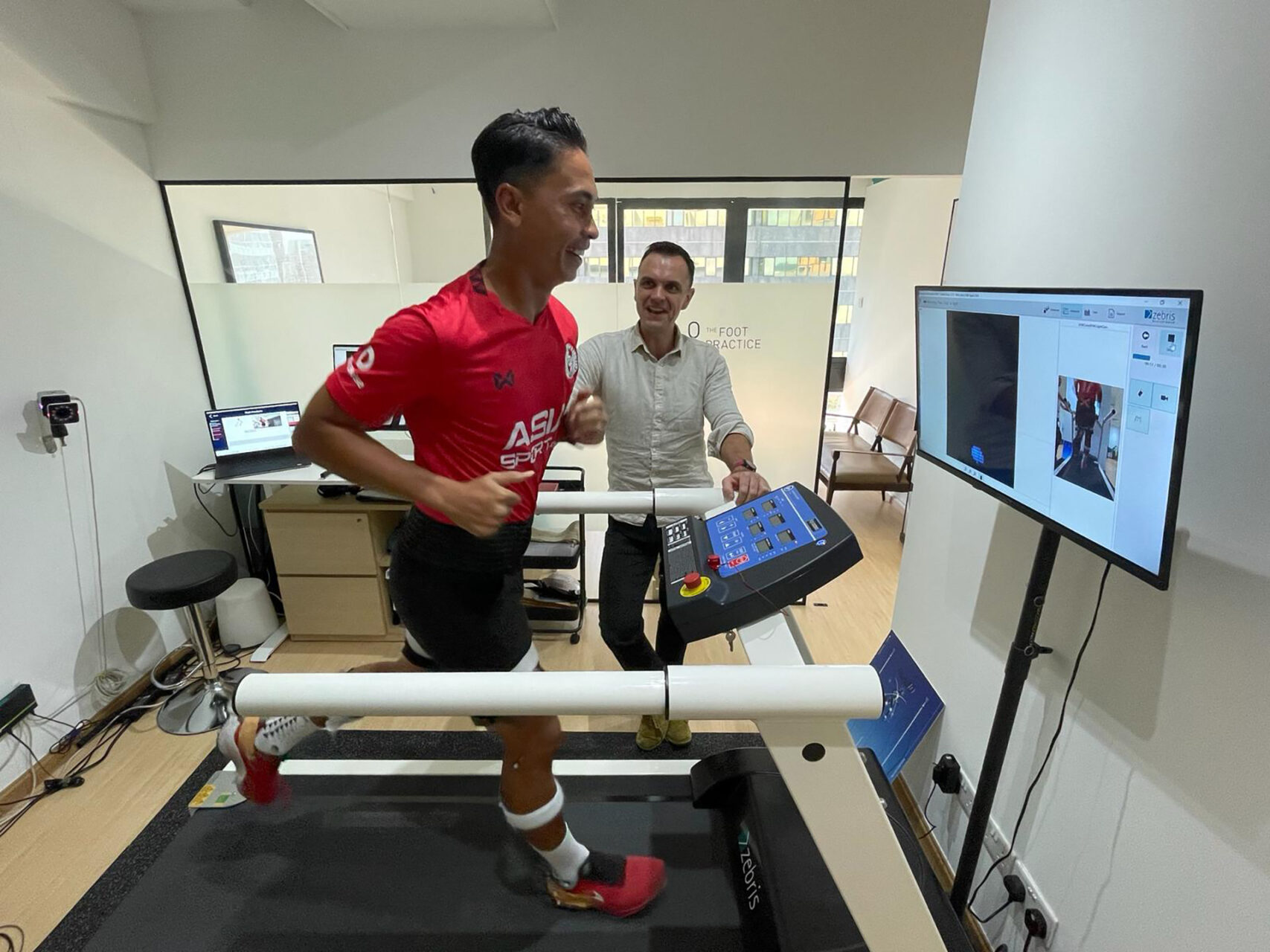
Management That Works
Managing MTSS means addressing the pain and its underlying causes. Consider reducing high-impact activities and maintaining fitness with low-impact options, such as swimming, cycling or deep-water running. Additionally, follow the PEACE & LOVE principles. Initial care should focus on protecting the shin, using compression to reduce swelling, gentle loading as tolerated, and maintaining body movement to promote circulation.
Evidence-based approaches for medial tibial stress syndrome management include a combination of activity modification, progressive loading and targeted rehabilitation exercises. At The Foot Practice, recovery plans often combine mobilisation exercises to restore ankle and midfoot mobility, targeted strengthening of the calves, tibialis posterior and intrinsic foot muscles, plus hip and core stability training to fix upstream movement flaws.
Shockwave Therapy is a powerful tool for stubborn cases of MTSS, stimulating tissue repair and increasing blood flow. Medial tibial stress syndrome taping may provide short-term relief, reducing strain on the inflamed tissues during the return-to-running phase.
Footwear assessments by your podiatrist ensure your shoes match your running style, and custom orthoses can correct excessive pronation or other gait faults, redistributing stress away from the shin, causing MTSS.
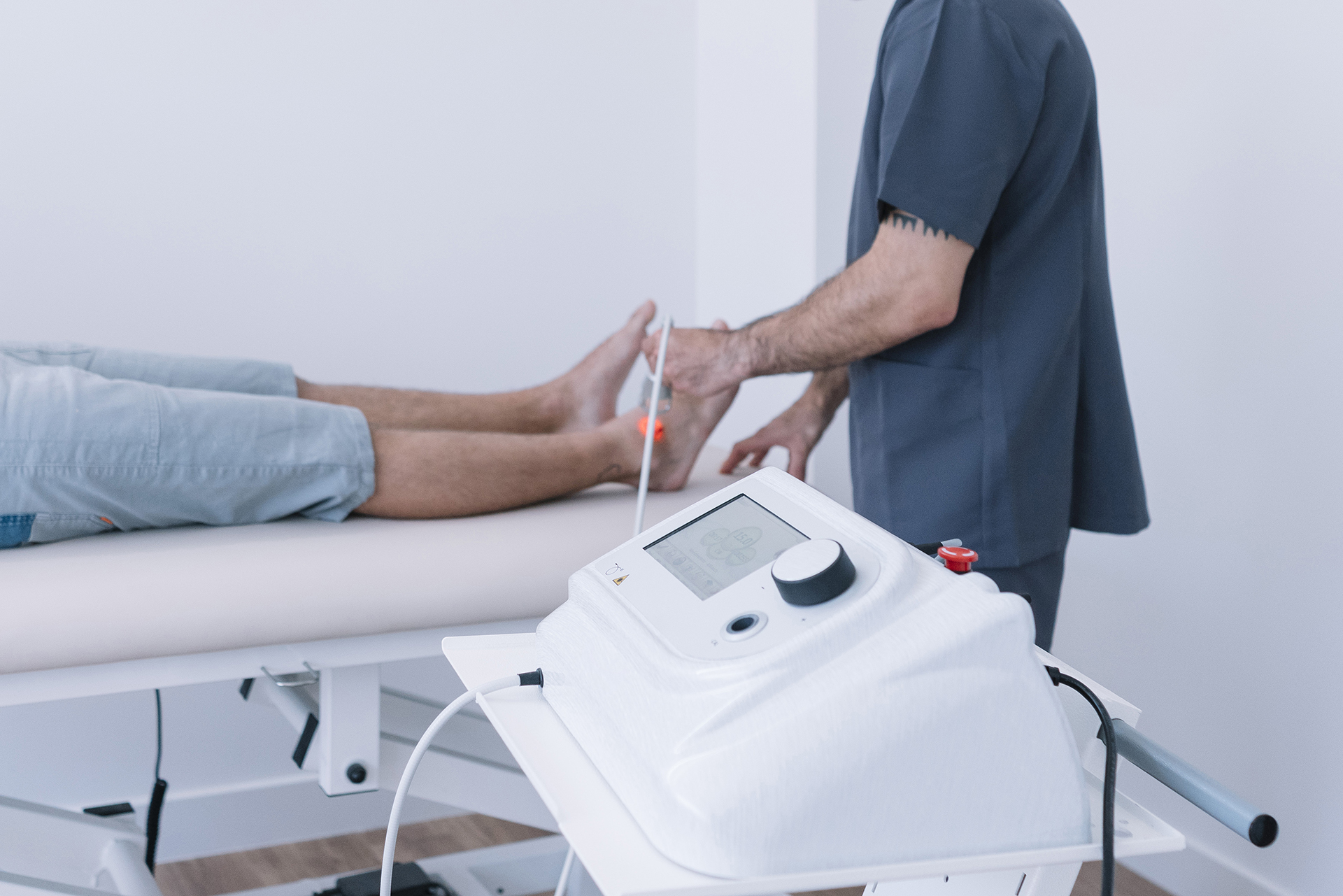
Prevention and Staying Injury Free
The best defence is a smart training plan, especially taking into account the incidence and risk factors associated with MTSS. Increase mileage gradually, rotate running surfaces and replace shoes before cushioning wears out. Keep strength training in the mix, such as calf raises, toe curls, and hip stability work, as all of these exercises help your body handle impact better by addressing key factors in the development of MTSS, including biomechanical imbalances and muscle weakness.
Dynamic warm-ups, including mobility drills and activation exercises, performed before each run, prepare the tissues for loading. Cross-training days reduce repetitive strain while allowing you to continue aerobic exercise.

Recovery and Return to Running
Medial tibial stress syndrome recovery time depends on its severity. Mild cases of shin splints can settle in 2-4 weeks, and more entrenched cases of tibial stress syndrome can take 2 months or longer. Recovery time can be longer in more severe cases. The key is not to rush back. Plan your recovery appropriately with a podiatrist’s help to allow your legs to adapt without re-injury.
At The Foot Practice, we combine advanced gait analysis, customised orthoses, footwear guidance, and evidence-based therapies, such as Shockwave Therapy, to resolve MTSS and keep you running at your best. Book your consultation with The Foot Practice today.



